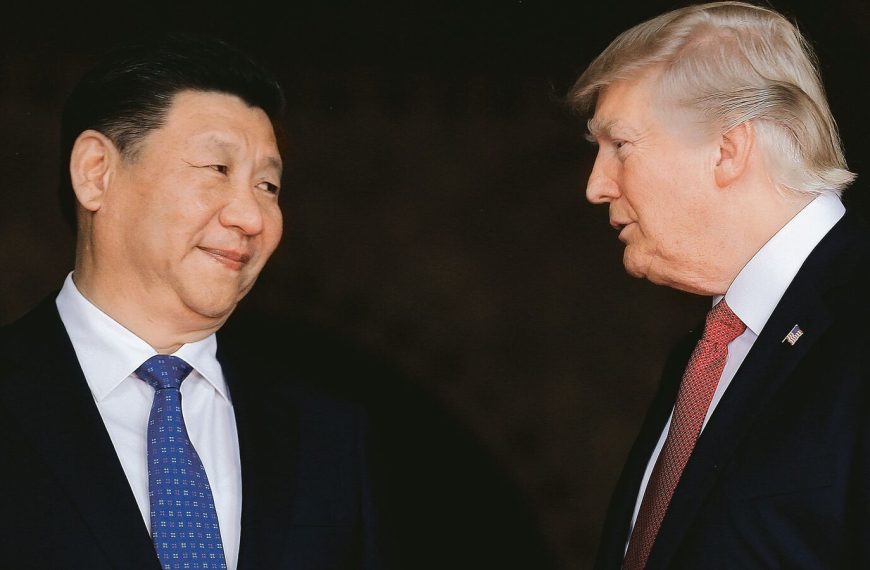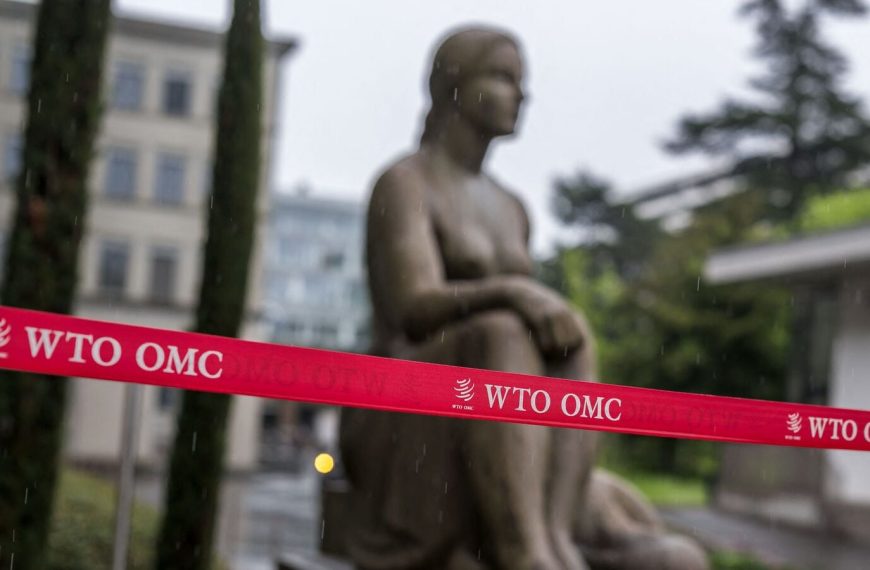Amid rising tensions and market volatility, President Trump’s sweeping 25% tariffs on steel and aluminum imports took effect early Wednesday, impacting nations worldwide without exception. The immediate backlash was swift, with both Canada and the European Union launching retaliatory measures. This has left investors, automakers, and U.S. consumers pondering the potential economic implications of these tariffs.
Understanding the Tariffs’ Rationale
President Trump has framed these tariffs as a necessary step to reclaim economic ground taken by foreign nations and to revitalize American manufacturing. In his words, “The United States of America is going to take back a lot of what was stolen from it by other countries.” This move aligns with his broader trade agenda, echoing strategies from his initial term in office.
- Immediate Reactions:
- Canada imposed 25% tariffs on approximately $21 billion worth of U.S. goods.
- The EU retaliated with countermeasures targeting over $28 billion in American exports.
The Economic Landscape Post-Tariffs
As the tariffs come into play, the question remains: how will they affect the American economy? According to industry experts, the impact on aluminum is expected to be more pronounced than that on steel.
- Key Insights:
- Aluminum imports primarily stem from Canada, making it crucial for U.S. manufacturers.
- Steel producers have more domestic capacity but still rely on foreign scrap materials, which now incur additional costs due to tariffs.
Many in the automotive sector have voiced concerns about these tariffs, arguing they could hinder industry growth. In contrast, the steel industry largely supports the tariffs, viewing them as beneficial for domestic production.
Long-Term Implications for Manufacturers
The implementation of these tariffs may lead to increased costs for American businesses, particularly those reliant on aluminum and steel. As companies grapple with these changes, they face a dual challenge of adapting their supply chains while potentially passing costs onto consumers.
- Potential Outcomes:
- Increased prices for everyday goods, from vehicles to consumer products.
- A potential push for American manufacturers to establish new production facilities, although this will take time and investment.
Global Repercussions and Retaliation
The international response has been rapid. Following the announcement of tariffs, Canadian Finance Minister Dominic LeBlanc promised a "dollar for dollar" retaliation, reinforcing Canada’s commitment to protecting its industries. Similarly, EU Commission President Ursula von der Leyen characterized their countermeasures as “strong but proportionate,” signaling a readiness to engage in a trade battle.
The Bigger Picture: America’s Trade Strategy
Trump’s approach appears to be a deliberate strategy aimed at reshaping the U.S. economy. By promoting domestic production and imposing tariffs on imports, he aims to incentivize businesses to manufacture goods within the country. However, this comes with risks, as many American companies depend on cheaper imports to stay competitive.
- The Challenge:
- How will U.S. manufacturers cope with increased costs?
- Will consumers bear the brunt of these tariffs, leading to higher prices on a range of products?
Looking Ahead
As the situation evolves, the focus will be on the upcoming announcements regarding additional sector-specific tariffs, including those on copper, lumber, and automobiles. The market is poised for further shifts, and stakeholders are keenly observing how these policies will unfold in the coming weeks.
In conclusion, while the tariffs are positioned as a means to bolster American manufacturing, the long-term effects on the economy, consumer prices, and international relations remain to be seen. As tensions rise, the landscape of global trade is changing, and all eyes will be on how the U.S. navigates these turbulent waters.











